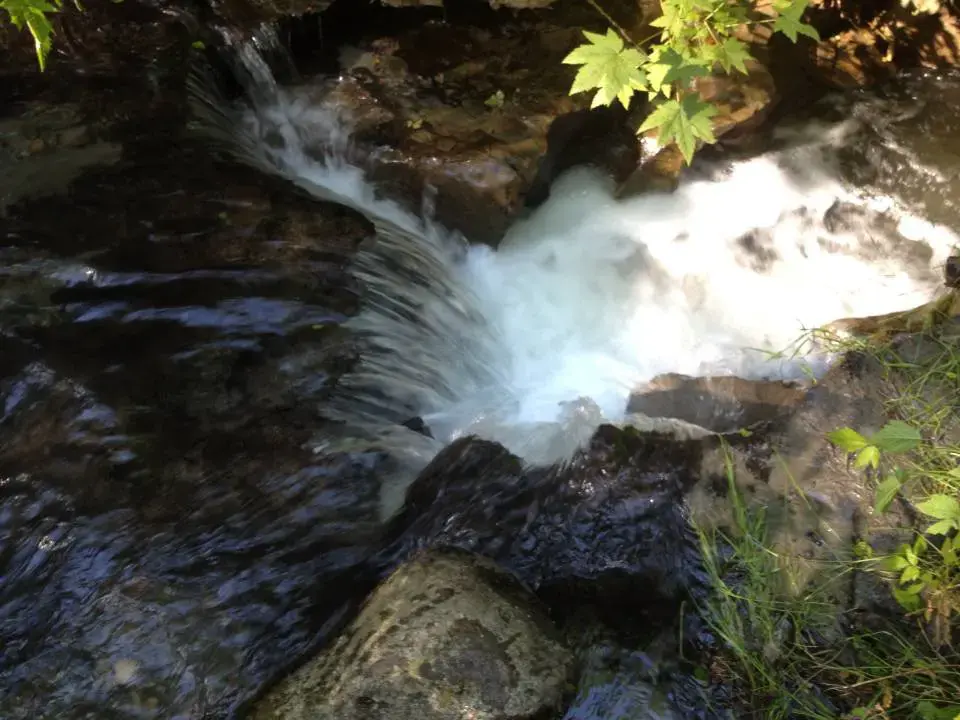
Wood Creek History
Wood Creek was Everett's original water supply and was used from 1898 to 1917. The creek was dammed in 5 locations, and the main dam was originally located under the current wire crossing that lies a little bit east of an imaginary line drawn between Gold Way, in the Eastmont neighborhood, to Hamlett Lane in the Valley View neighborhood to the north.
The original wooden planks from 1898 remain in Wood Creek, and remnants of two reservoirs can be seen today. In fact, the wood dam planks that retained water in the reservoirs were used on trail systems to cross the creek in several sections on the trail. There are other remnants, such a cement pipes, and rusty metal valves.
As the pulp and paper industry flourished in Everett, Wood Creek could not supply the new demands, and Everett found a new source of water from the Sultan River.
The picture above is a waterfall that is draining into one of the smaller reservoirs. This particular reservoir is about 35 feet in length, and before the dam section was removed, it was about 8 feet deep. The original wooden planks hold the bank at the end of this small reservoir. Water pipes are evident here as well.
The main dam was much larger and is pictured in the footer at the very bottom of this page.
